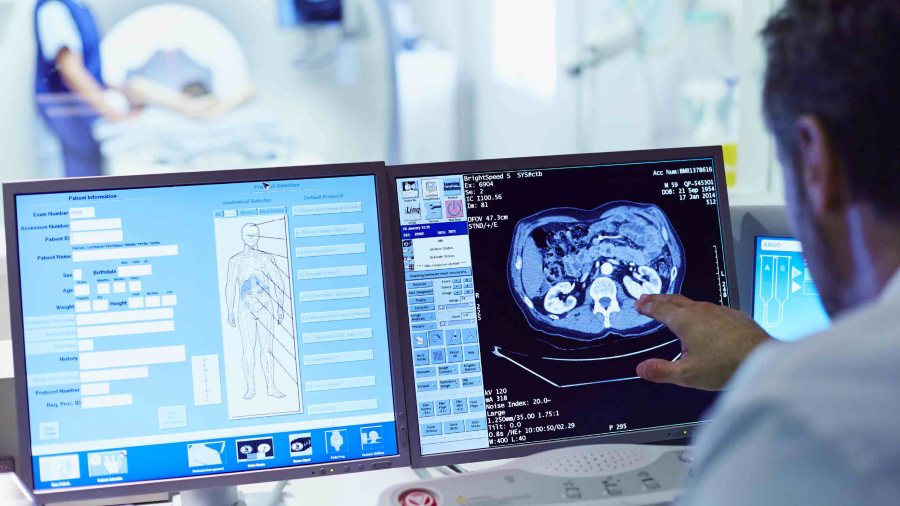Shifting to smart manufacturing to achieve operational excellence in the medical device industry

The cultural shift to smart manufacturing
Medical device companies realize that smart manufacturing is the fastest way to achieve operational excellence in today’s global marketplace. With current world conditions adversely impacting markets and exerting unprecedented pressures on medical device manufacturers, the journey towards smart manufacturing is essential to gain a competitive edge. There are four major steps that companies can take to achieve operational excellence. Let’s discuss how to integrate each step into your manufacturing process.
1. Creating digital design transfer
From research and development to operations, design transfer is ultimately about communication. Cross-functional groups within an organization must communicate how to digitally accommodate modern product complexity. These groups must continuously seek new innovative ways to overcome industry challenges and share those insights.
Digital design transfer has the potential to create better operational efficiency while lowering costs and producing higher quality products – all while improving speed to market. Medical device companies can integrate product design and execution in a single environment.
2. Producing a comprehensive digital twin
The production of a digital twin offers manufacturing process simulation at every level. The digital twin offers medical device companies the design for manufacturing, plant and line simulation, and process/workstation simulation. A digital twin can help plan and simulation production processes virtually, which is useful in a work-from-home environment that many companies face today.
3. Executing on the 5Ms of smart manufacturing
The execution of the 5Ms of manufacturing places an emphasis on quality and process enforcement. As a reminder, the 5Ms of manufacturing are man, materials, machines, methods and metrics. Medical device companies must implement a tight integration between their manufacturing execution systems (MES) and their enterprise resource systems (ERP). This will allow companies to see real-time visibility, control and speed through the manufacturing process, and stay agile. Industry leaders have evolved and implemented systems to automate manufacturing execution with an electronic design history record (eDHR). It is time to embrace modernized manufacturing processes.
4. Integrating IoT and manufacturing analytics
The Internet of Things (IoT) and manufacturing analytics are an integral part of data collection, aggregation and feedback. To succeed in this competitive and complex market, medical device manufacturers must leverage IoT to pair big data analytics with manufacturing and supply chains. Then, they must pair it with design and development processes across the entire value chain.
To discover more about Siemens Operational Excellence solutions, learn more here.
For more medical device and pharmaceutical blogs, check out our blog network here.


